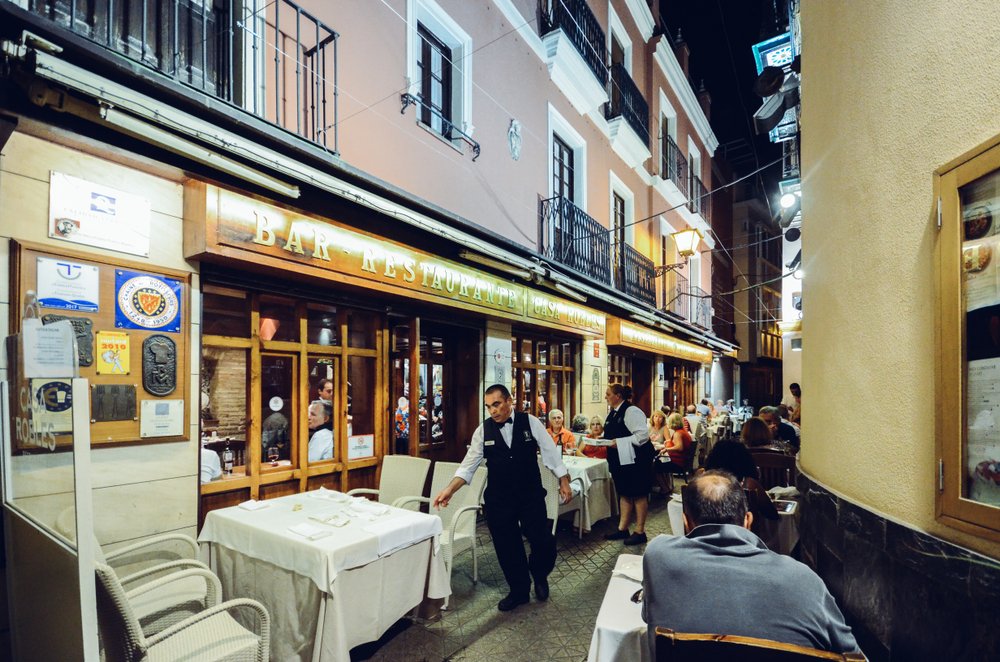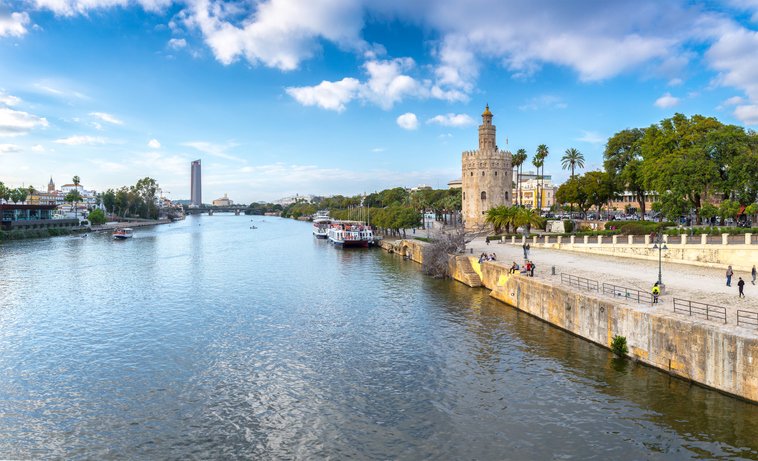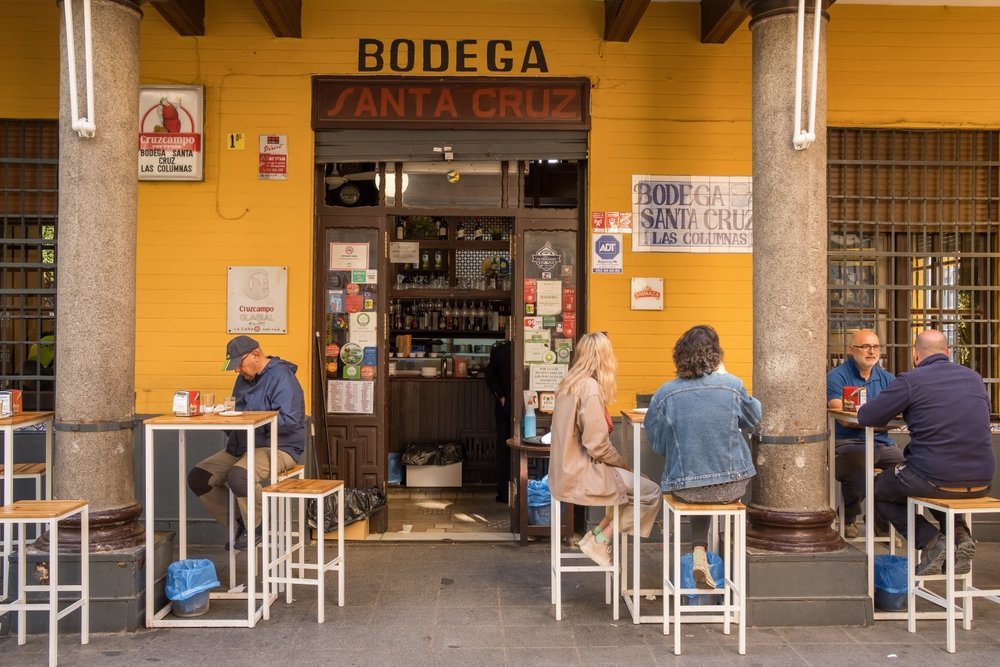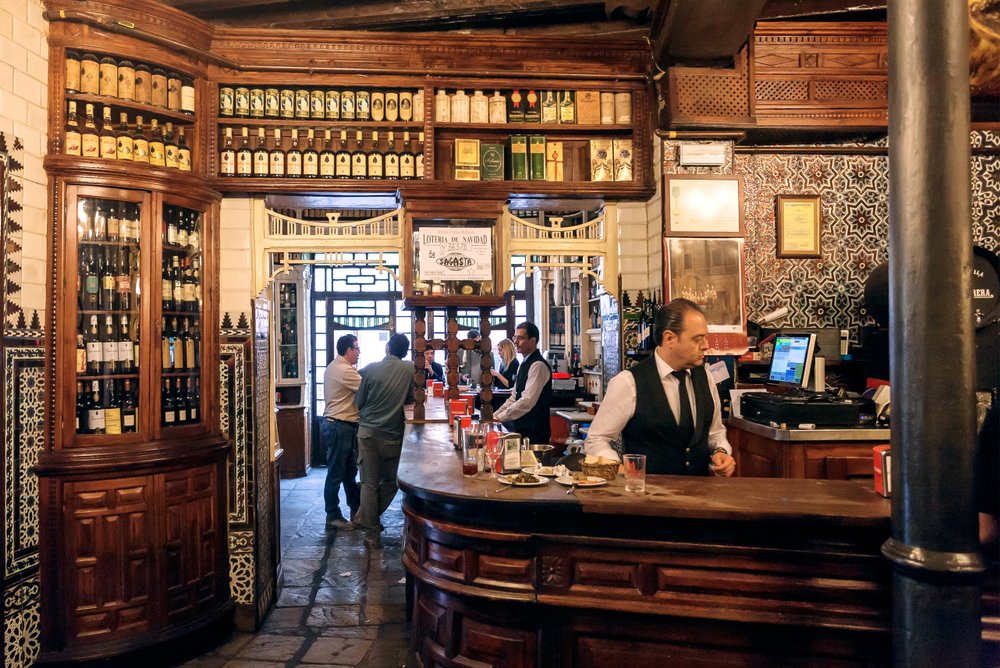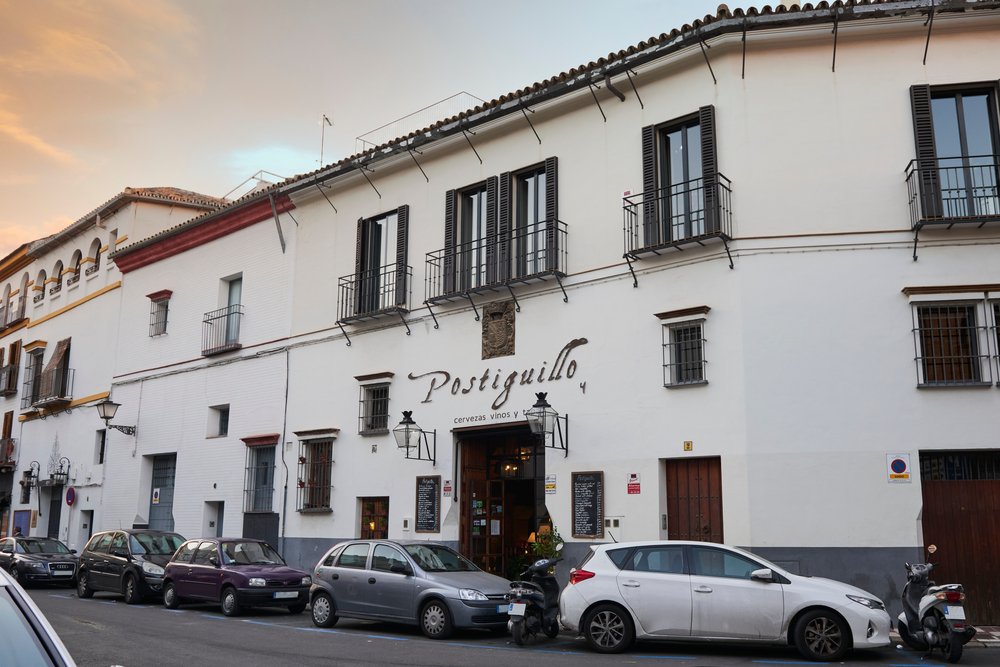Its history is intertwined with the history of the city itself, from its defensive function during the Muslim rule to its role as a symbol of the wealth and naval power of Sevilla during the Age of Discovery.
Origins and Construction
The Torre del Oro was built during the 13th century, in the midst of the Almohad period, under the rule of Caliph Abu Yaqub Yusuf. Its construction was completed in 1221, and its initial purpose was to serve as a defense and surveillance tower to protect the western entrance of Sevilla along the Guadalquivir River. It is believed that its name comes from the golden layer of tiles that originally covered its top, although other theories about its origin have also been proposed.
Architecture and Design
The Torre del Oro is a magnificent example of Almohad military architecture, characterized by its simplicity and functionality. The tower stands about 36 meters tall and is constructed of stone and brick, with a dodecagonal base that narrows towards the top. Its design includes several floors and levels, with a series of battlements at the top that allowed defenders to oversee the river and control access to the city.
Inside, the tower features a spiral staircase that allows access to the different floors and levels, as well as several rooms and storage areas used for keeping weapons, ammunition, and other military supplies. The top of the tower offered panoramic views of Sevilla and the Guadalquivir River, making it ideal for surveillance and defense.
Defensive Function
During the Muslim rule, the Torre del Oro played a crucial role in defending Sevilla against potential invasions and attacks. Its strategic location on the bank of the Guadalquivir River allowed it to control the river access to the city and protect it from naval attacks. The tower was equipped with defensive weapons such as catapults and crossbows used to repel invaders and protect the city.
Christian Era and Later Uses
After the Christian conquest of Sevilla in the 13th century, the Torre del Oro became part of the defensive system of the Christian city and was used as a prison and storage for valuable items. During the 16th century, a small chapel was added inside, dedicated to the Virgin of Hope, which served as a place of prayer for sailors and navigators passing through the area.
In the following centuries, the tower lost its defensive function and was used for various purposes, including as a base for the Civil Guard, a river customs house, and a powder magazine. In the 19th century, several modifications were made to the tower, including the removal of the golden tile layer and the addition of a metal railing at the top.
Cultural and Tourist Significance
Today, the Torre del Oro is one of the main tourist attractions in Sevilla and one of the most recognizable symbols of the city. Its prime location next to the Guadalquivir River and its impressive architecture make it an essential visit for those wanting to learn about the history and heritage of Sevilla.
The tower houses the Naval Museum of Sevilla, which offers an exhibition on the maritime history of the city and features a collection of ship models, navigation instruments, and other objects related to river and maritime navigation. Additionally, from the top of the tower, visitors can enjoy breathtaking panoramic views of Sevilla and the Guadalquivir River, making it a popular spot for tourists and photography enthusiasts.
